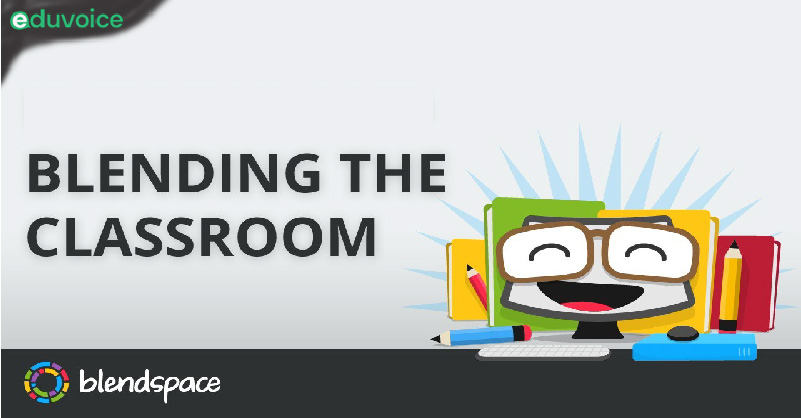Blendspace is a digital learning platform for teachers to access various resources and forge bundled and interactive lessons. It is the easiest way to blend your classroom with digital content. Blendspace.com (now known as TES Teach) is an online tool by the education curriculum company TES.com. It is a tool that was created and is used for collecting […]
Author Archives: Aanchal Agrawal
Active Learning Strategies enable the faculty and learners to learn, grow, gain knowledge and engage in activities based on ideas in the best effective ways. According to the statistics, the concept of Active-learning classrooms has gained attention and growth way beyond imagination since the past few years. It has not only evolved the educational methods […]
A PlagTracker is generally used by content owners (students, teachers, bloggers, and researchers) to detect and analyze cases of “content theft”. The issues being faced due to plagiarism are spreading immensely and rapidly. According to the experts, plagiarism is the illegitimate appropriation and stealing/copying and publication of another author’s work and representing it as one’s own original work. […]
In the 21st century, Technology is the modern revolution that is now successfully invading our classrooms. And if you do not wish to be swept away with the Tech-savvy invasion, I’d suggest that the Professors of the modern era do some pre-preparations apart from their courses and ride along the wave of change. Most professors […]
The ease and portability which the reader’s receive with access to eBooks are amazing!! Now, there is no worry to store and maintain the hard copies, all that is needed is just a smart device to read as many books as desired. In the 19th century an English author, Martin Tupper wrote, “A good book […]
Education is one of the basic indicators of the prosperity of any social group. Connotations of the development process of any nation have historically focused on the improvement of standards of living people through activities leading to economic improvement. In this effort, education, in general, and science education, in particular, have attained high importance. Today […]
Indians have contributed immensely in the field of science and technology. This article takes us down the memory lane of some of the brilliant minds in India. Looking around you will find Indians reaching heights in every area. With the ease of accessibility of information, improvement in technology and the growth of quality institutions, Indians […]
If we evaluate engineering colleges in our country, the IITs (Indian Institute of Technology) are bound to be on top of the list. The Indian Institute of Technology, country’s premier Institute has fallen flat in its attempt to do a more global outlook after it failed to attract quality students from abroad. Having got the […]
If you wish to be the best in the game, then you need to keep technology close to you, in fact, one should make it your best friend. In the 21st century, a wise teacher is one who is capable enough to use technology in his/her classroom. Why do this? The integration of technology into […]
Teachers have a huge responsibility on their shoulder, they have to not only teach the students but also ensure that with the changing times they are maintaining the level of education. To make the Higher education in India better and maintain its mark globally, teachers need to advance the level of learning and they can […]










